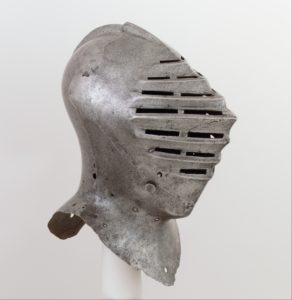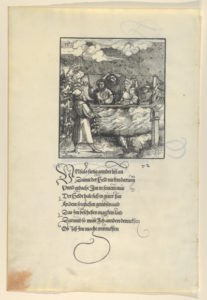Soon!

Helmet Crest for the Burgonet of Sforza Pallavicino (1519–1585)
Italian, Milan
ca. 1560
Source via The Metropolitan Museum of Art, under a Creative Commons Open License.
Please direct any and all articles of an interesting, entertaining, and/or informative nature to chronicler@storvik.atlantia.sca.org



